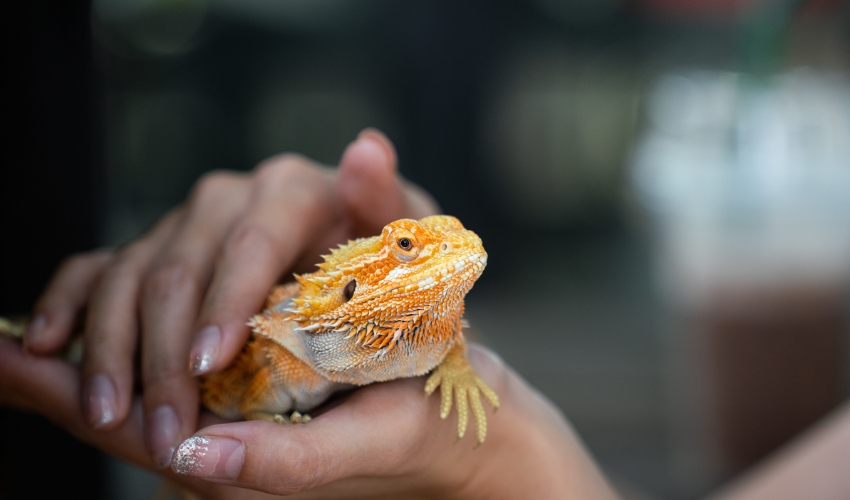
As pet parent to a diabetic animal, you probably already know that the main goal of insulin therapy is to normalize blood sugar levels, or at least get it as close to normal as possible. However, since there are several factors that can cause blood sugar levels to fluctuate, such as over-exercising and stress, there’s always a chance that your pet may become hypoglycemic without you knowing. So to help you stay on top of things and learn how to deal with hypoglycemia should your pet experience it, we’ve detailed everything you need to know down below!
What Causes Hypoglycemia?

Hypoglycemia occurs when the amount of sugar or glucose in the bloodstream becomes too low. Oftentimes, it’s either because of insulin overdose or the administration of insulin when blood sugar levels are normal. This causes the cells inside the body to absorb more glucose than necessary, leaving less sugar in the blood for other internal processes.
Another thing that can cause hypoglycemia is excessive or inconsistent exercise. Since the body creates energy from glucose, too much physical activity can cause your pet’s blood sugar levels to plummet; too little, however, may also cause it to spike. So to avoid blood sugar fluctuations, it’s safer to stick to the exercise routine provided by your veterinarian.
What Are the Signs of Hypoglycemia?
When your pet’s blood sugar levels drop below normal, their body releases a hormone called epinephrine or adrenalin, which causes stored sugar to flow out into the bloodstream and become absorbed into the cells. This usually leads to excessive hunger, restlessness, shivering, and twitching or muscle tremors.
As blood sugar drops even more, your pet’s body will struggle to get enough glucose to the brain, which, like other organs in the body, needs glucose-derived energy to function properly. This causes weakness, loss of appetite, confusion or disorientation, incoordination, and blurring of vision. If left untreated, hypoglycemia can result in seizures, permanent brain damage, or even death.
How Is Hypoglycemia Diagnosed at the Vet?

Your veterinarian will most likely start by testing your pet’s blood sugar levels. Then, to figure out the cause of hypoglycemia and develop an appropriate treatment plan, your veterinarian will need to do a series of blood tests and a urinalysis.
You may also be asked to provide detailed information about your pet’s current diet, medications, exercise routine, and treatment plan, as well as the symptoms you observed and when they all started.
How Is Hypoglycemia Treated?

If your pet is exhibiting signs of hypoglycemia, bring them to the animal clinic right away. Your veterinarian will immediately check their blood sugar levels to determine whether there’s a need for an intravenous sugar solution. If your pet is stable, they may simply withhold insulin and offer food to replenish glucose stores. Your veterinarian may also suggest lifestyle and diet changes if exercise or food is the cause of hypoglycemia.
However, if your pet has collapsed or lost consciousness, you may need to contact your veterinarian for instructions on treating hypoglycemia at home. Once your pet is feeling better, get them checked at the vet. They will need to undergo a complete physical examination and some blood tests, in addition to you providing your veterinarian with their thorough medical history, to prevent future hypoglycemic episodes.
How Can I Prevent My Pet from Becoming Hypoglycemic?

To make sure that your pet’s blood sugar levels remain stable, it’s crucial to follow the treatment plan that your veterinarian developed specifically for them. Always feed your pet the same amount of the same type of food at the same time every day. That also goes for exercises—do the same exercise routine, at the same intensity and duration, at the same every day.
In addition, learn how to monitor your pet’s blood sugar and administer insulin properly. When taking your pet with you during travels or for walks, always bring water and something that can help boost their glucose levels in case of a hypoglycemic emergency. Honey or corn syrups are two of the best options. If your pet starts exhibiting signs of hypoglycemia, you can rub a tablespoon of either honey or corn syrup on your pet’s gums.












